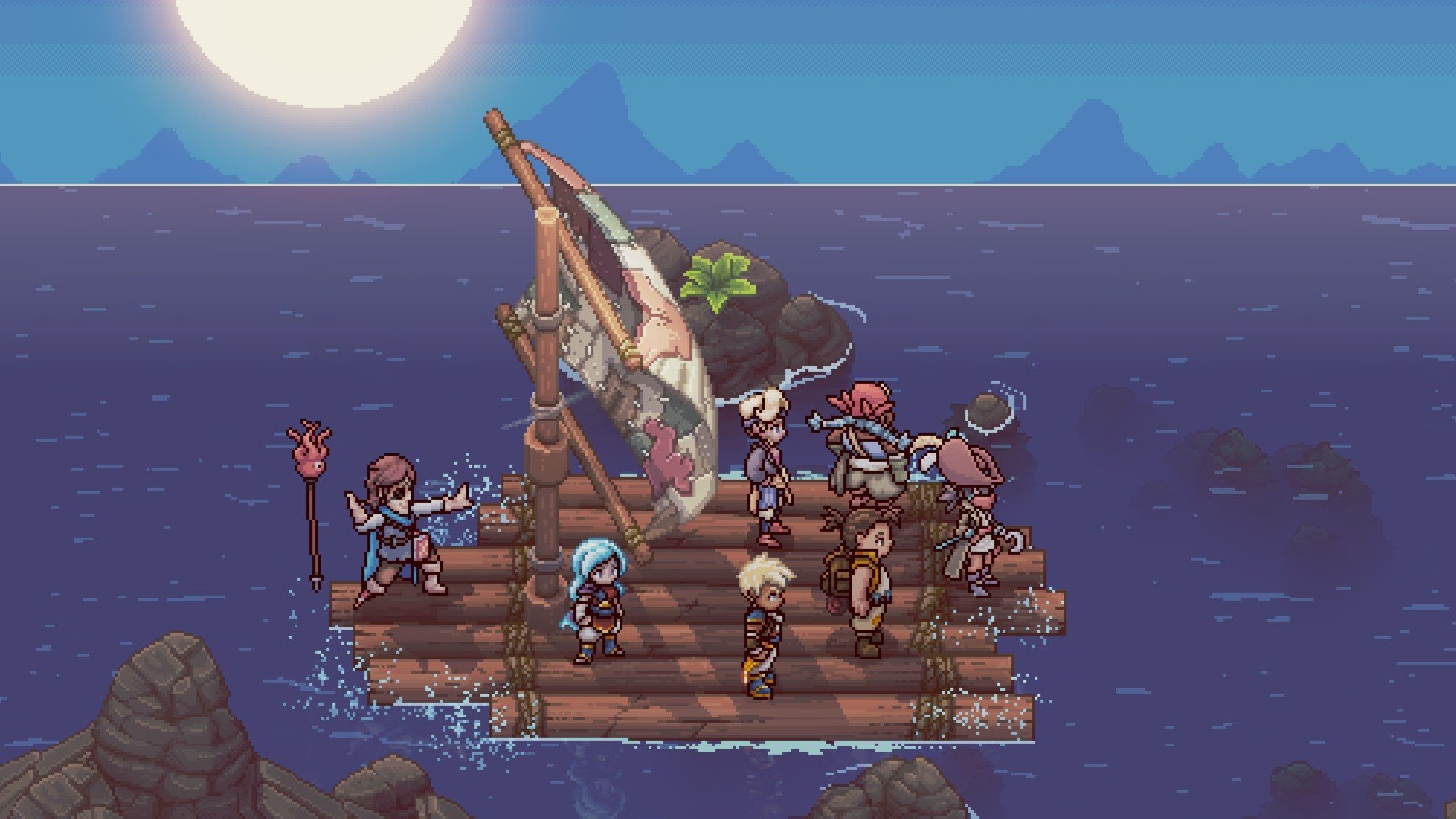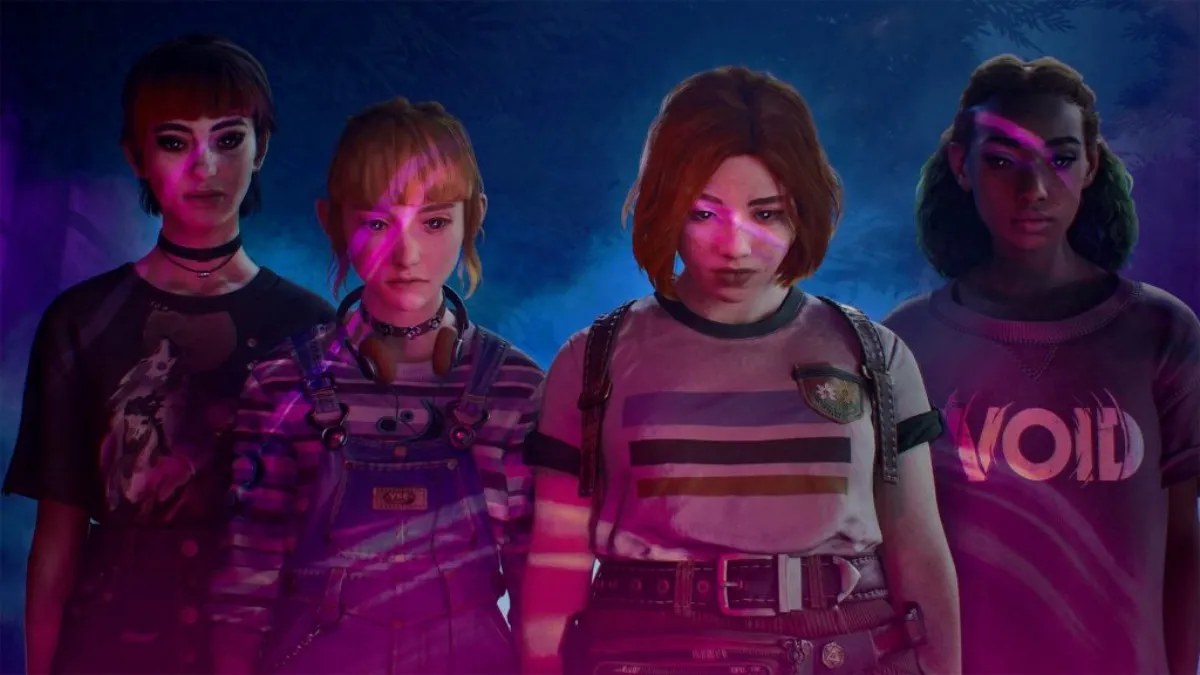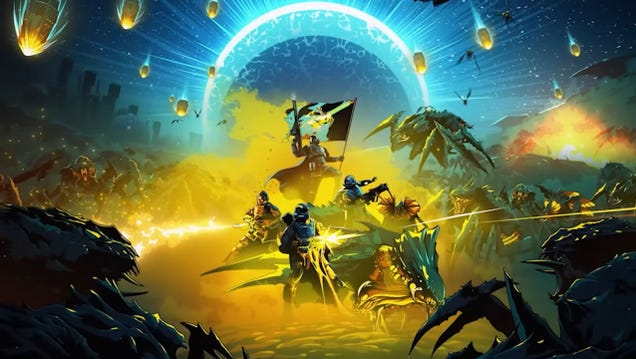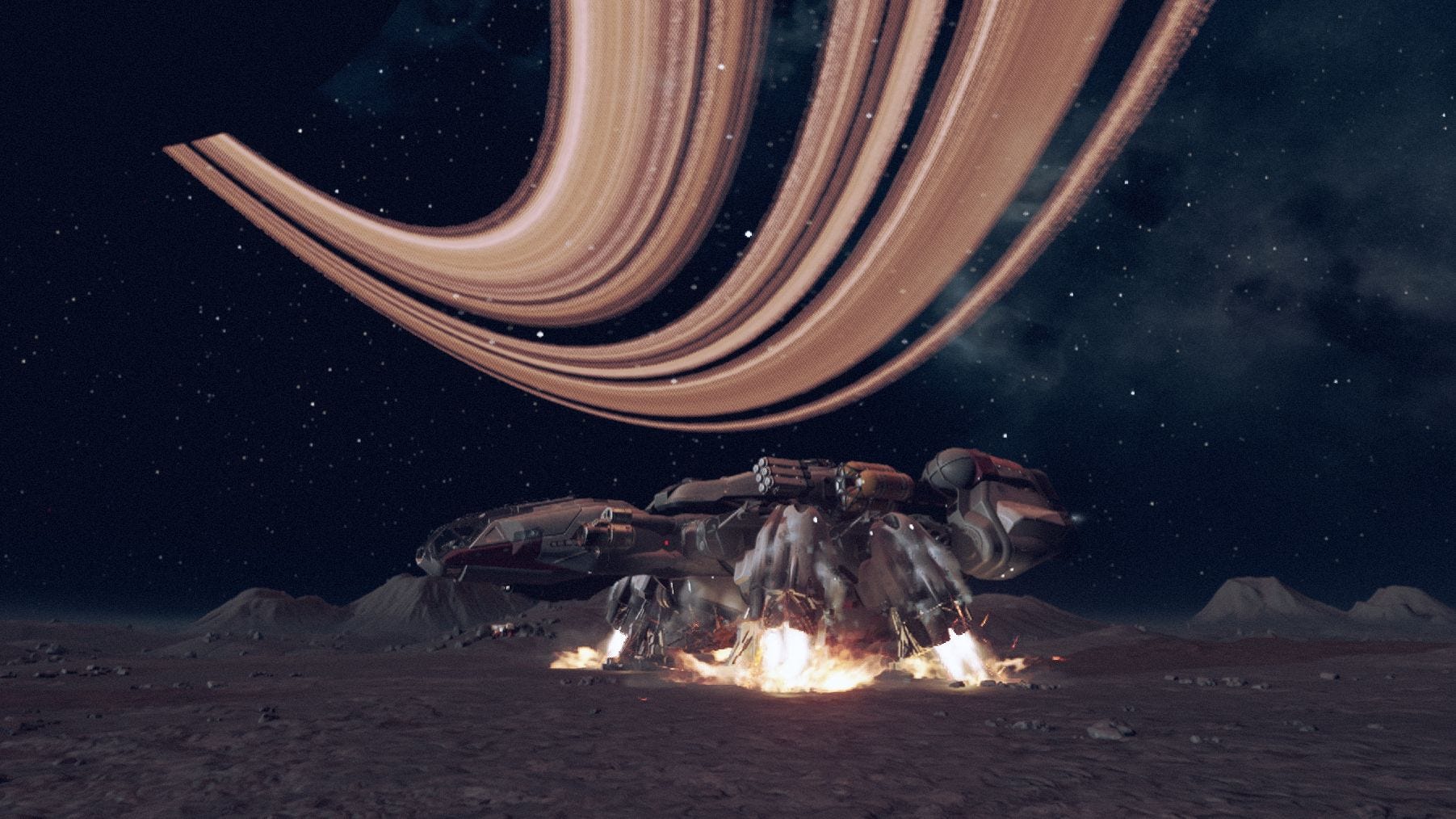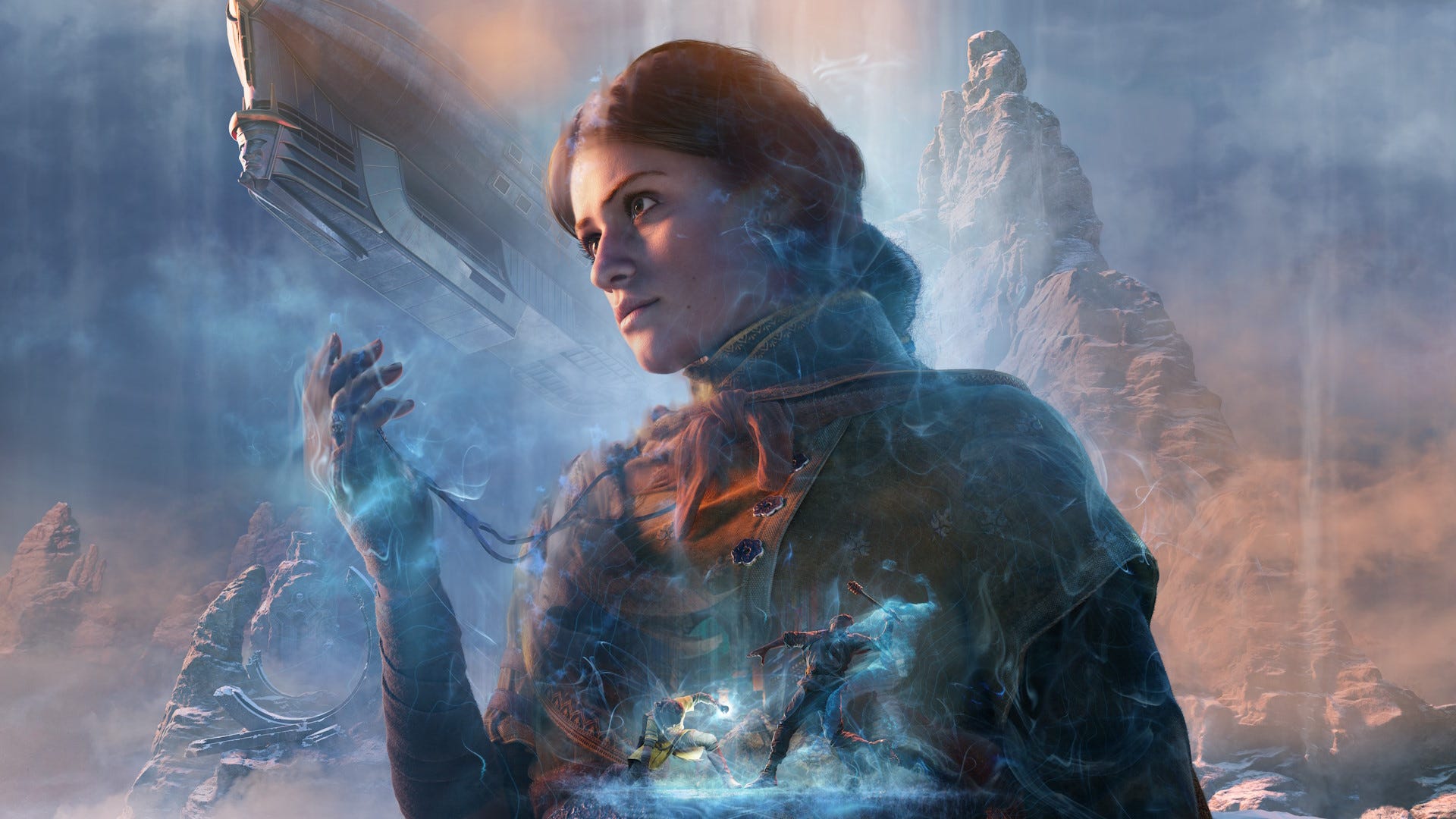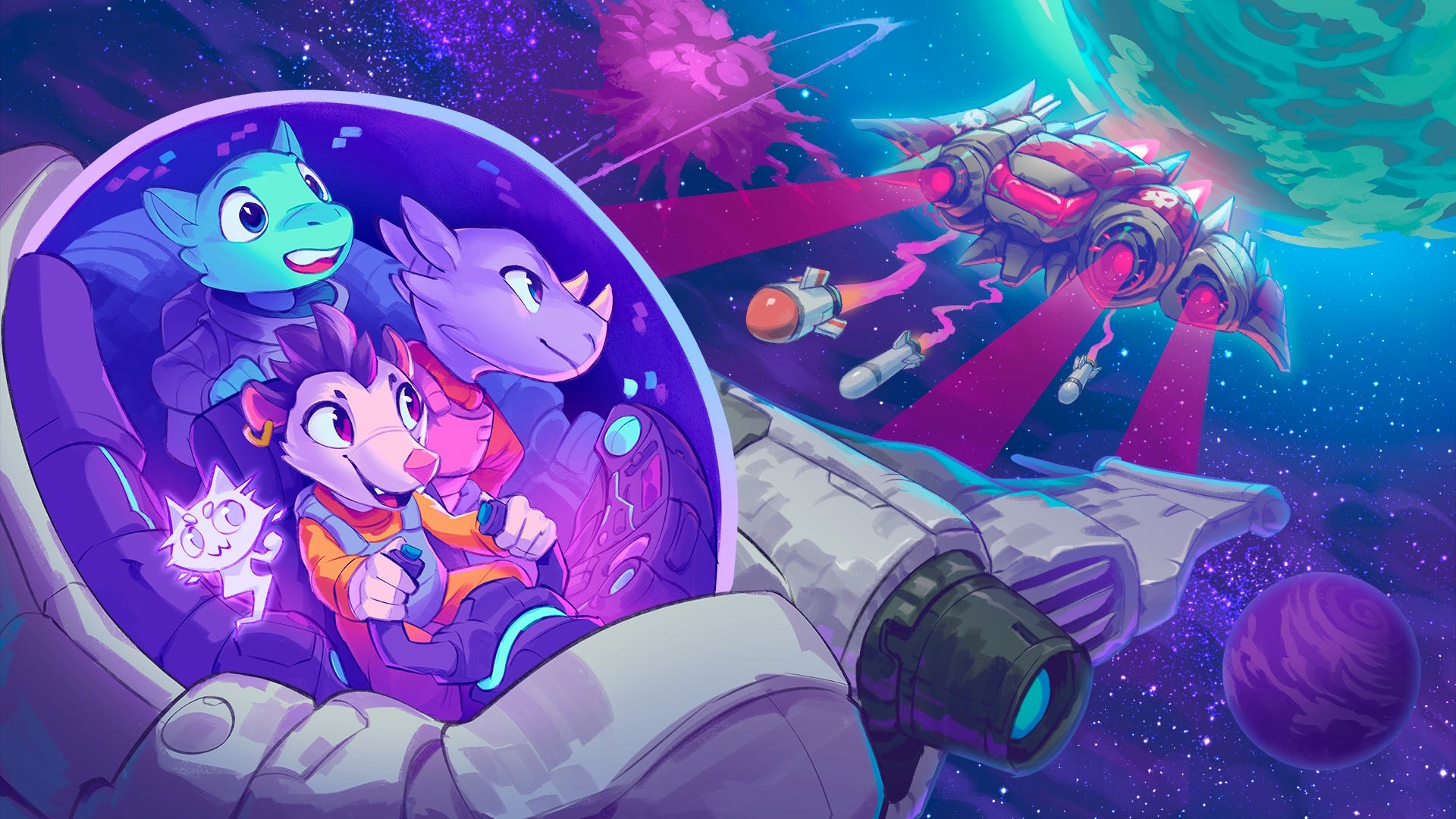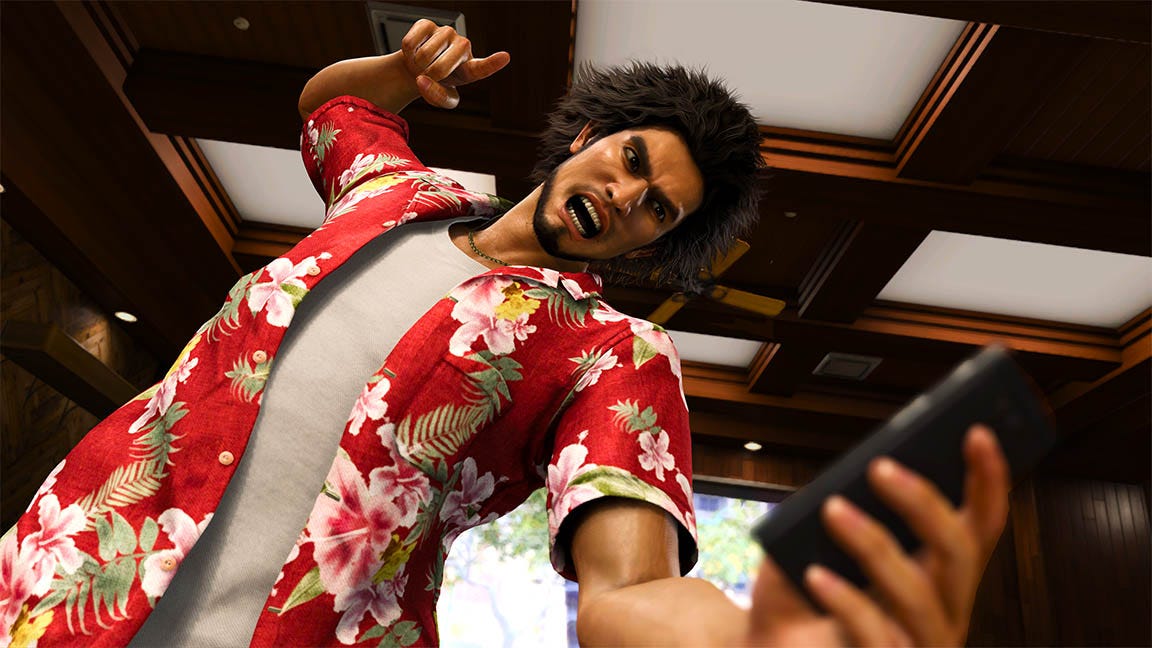Crafting Mystery and Magic: An Interview with HeR Interactive
When I was a child, my mother picked up a little mystery game called Nancy Drew: Treasure in a Royal Tower. That single purchase would launch a lifelong love for the wonderful mystery series and would open the door for a wider interest in mystery games, horror, travel, and history.
From halcyon nights spent beside friends, clustered around a small screen screaming gleefully at the occasional jump scare, to seeing the beautiful rendering of Nancy's story in the newest game, each time I boot up the title screen feels a lot like coming home. It's why I was ecstatic to have the chance and honor of being able to interview the creative team continuing Nancy Drew's celebrated legacy.
HeR Interactive was founded in 1995 and has produced Nancy Drew mystery games since the first release of Secrets Can Kill in 1997. The teenage detective has a storied history outside of the games, but it's in the games where many fans found a foothold. Her influence remains significant in pop culture, and Nancy's stalwart curiosity and actualization in these games continue to enchant fans. The most recent entry, Nancy Drew and the Mystery of the Seven Keys was released earlier this year.
The HeR Interactive Team members interviewed are as follows:
- Suzy O’Hara, Chief Creative and Creative Producer - Games
- Cacie Desautel, Production and Project Manager
- Penny Milliken, CEO
- Jared Nieuwenhuis, Communications & Marketing Consultant
SUPERJUMP
Nancy Drew: Mystery of the Seven Keys is your first release since 2019's Midnight in Salem. How did you approach this game's creation with the longer hiatus between?
Suzy O’Hara
When it comes to development, there is no “hiatus” for us. Our team is continuously developing, refining, and creating for the next game. The transition from inception to development and then production is seamless and ongoing. Our approach to the game’s creation early on includes the game narrative design and technical engineers working closely with the creative team running on parallel development tracks.
For instance, after completing production on our first game on the new Unity engine, Nancy Drew: Midnight in Salem (MID), we immediately began looking at what we wanted to implement in the next game. We especially considered the important fan feedback, brand elements, and the technology updates needed to improve systems. We are keeping in mind not only game 34 but also future games so we can make each new game even better while keeping those essential pillars of a Nancy Drew game at the forefront. We took time to create the new dual navigation system, develop new features, update the character production and animations, and explore ways to enhance the game's visual fidelity, making technical adjustments to the game engine along the way, all to be ready for game 34 production.
The creative team I work on has multiple stories in development as an ongoing focus. We like to have many mysteries in varying stages of development, from concept to pre-production, ready. This gives us the flexibility to select a mystery that is relevant to the timing of the release and also a location that fans have often indicated they would like to see Nancy go to for her next adventure. We consider many elements that take time to develop properly, so we select the mystery that fits perfectly with our 34 other games for the next case. Identifying story opportunities and development is an exciting part of my everyday life and what I love most about storytelling entertainment.
"As we work to adapt the Nancy Drew games for all audiences, we’re constantly looking for ways to reimagine old mechanics and design aspects in the 3D world of our new games."
Cacie Desautel
PRODUCTION & PROJECT MANAGER

SUPERJUMP
Mystery of the Seven Keys is a beautiful game! I love the loading screen facts, the painterly style, and the cleaner UI. I also love that you have a first-person and a Classic setting – it's how I'll always remember playing! How did you decide what to keep or/and remix in this game?
Cacie Desautel
As we work to adapt the Nancy Drew games for all audiences, we’re constantly looking for ways to reimagine old mechanics and design aspects in the 3D world of our new games. In the future, we will continue looking for these opportunities and improving on what we have already adapted, such as the classic mode. The dual navigation system is a great example of what we are doing to appeal to both our longtime fans and new fans alike!
SUPERJUMP
Obviously, times have changed since the original game came out back in 1998, but it seems the heart is ever-present. How do you stay "true" to the Drew identity?
Penny Milliken
We start from a place where we understand the significance the Nancy Drew universe has played in the lives of many of our players. Nancy Drew is an icon for a reason – because much of our fan base has found themselves in her, found strength in her, and escaped with her. Countless fans and celebrities traveling different paths in life cite Nancy as a central figure in their childhood. So, it's essential for us to maintain those core characteristics that have made Nancy Drew popular for over 90 years, such as her intelligence, courage, independence, and curiosity. These key characteristics have made Nancy Drew an enduring and beloved figure, and we work tirelessly to ensure that those characteristics are seen in our games.
SUPERJUMP
This is the franchise's first venture to Prague. How did you research the location and the stories surrounding the mystery? I've always enjoyed the cultural snapshots of the games, from ranches to ryokans, that give a little background on where we are. What is that process for story conceptualization – do you choose locale or mystery first, or do the two sort of naturally intersect?
Suzy O’Hara
It is a pleasure to know that you are a longtime fan of the Nancy Drew game series. As you know, we are one of the longest-running series games,ever-evolving and our players, as Nancy Drew, have solved over 34 cases!
As noted earlier, development for Nancy Drew’s next case is a continuous process. With the rich legacy of the Nancy Drew franchise, we have a wealth of ideas and concepts to draw from. Nancy Drew, our iconic teen detective, is true to her roots but is also ever-evolving as the famed female detective. The settings, stories, characters, and crimes in our games are adaptations from the Nancy Drew book series or are original ideas and game worlds like Nancy Drew: Mystery of the Seven Keys (KEY).
For the mystery, we like to consider current interests and unique crimes Nancy hasn’t solved yet. It could be a news story, a moment in history, or travel that sparks the idea. For KEY, the locale and mystery naturally intersected. The story is rooted in history with a modern cyber spin. It is a mystery plot that could only happen in Prague, and it was inspired by a family trip there.
While in Vienna working on MID, I visited Prague and was captivated by the Bohemian Crown Jewels and their protection by the seven keys and the key bearers. The haunted corridors and tales of royals and alchemists added intrigue. I was so excited that I called Penny, our CEO, and shared several ideas for a mystery set in Prague. Having visited Prague before, and then returning to consider it as a game story, she was equally inspired. The development of the game story, researching the crime, establishing the characters, so each is a suspect, puzzles, and experiences and how they fit into the game world were all part of the first phase of establishing the game story.
Turning the story into an immersive game experience makes it all come alive by working closely with the game design team. We had to ensure the narrative offered rich opportunities for player engagement through interactions, control, and Nancy’s signature snooping. Each story element needed to be translated into puzzles and challenges that felt organic to the history of Prague and the plot. Also designing an experience where players don’t just do things on Nancy's to-do list, but they have to think and reason like Nancy and become her. For me, working hand in hand with the design team, and our brand team to bring the iconic legacy game elements into the project is the heart of what transforms a story idea into an unforgettable game. We are so glad you enjoyed playing it!
"Nancy’s character, with her unique blend of intelligence, courage, and independence, resonates across generations."
Penny Milliken
CEO

SUPERJUMP
The Nancy Drew games have a thriving fanbase, and I know many of us rediscovered a love of the games during the pandemic. From bake-offs to Q&As, how do you keep up with the social aspect of the studio? And do ideas or clamor from fans ever influence the next book-based mystery or location?
Jared Nieuwenhuis
I am so proud of the creativity the social media team shows daily. They understand the brand and our audience so well, which translates into great social media content and engagement. They collaborate seamlessly, and our team is constantly sharing ideas, being inspired by our passionate fans and their survey responses, and contributing to our social media goals. Additionally, they are disciplined and organized across different departments, which leads to a holistic communications approach. This enhances our overall success, aligns with the expectations of our fans, and grows the overall awareness of our award-winning games across multiple platforms. They also take a lot of inspiration from current trends and events. From International Video Game Day to the Olympics, we’re here to celebrate and cheer on our amazing fans while tying it back to Nancy Drew games and HeR Interactive.
SUPERJUMP
One of the things I always loved most about HeR Interactive is its centering on women's stories. Nancy was one of the heroines I resonated most with as a kid, even though I had no shortage of superheroes to look up to. Why do you think she's remained such a role model to people of all ages?
Penny Milliken
Nancy Drew’s enduring relevance as a role model can probably be attributed to several factors:
- Timeless Appeal: Nancy’s character, with her unique blend of intelligence, courage, and independence, resonates across generations. Her relatability makes her a timeless figure in detective fiction or video games.
- Adaptability: Nancy has evolved over the years, from her original depiction in the 1930s to modern adaptations. This evolution is a testament to her ability to adapt to changing cultural norms and interests, ensuring her continued relevance.
- Diverse Media: Nancy Drew has made her mark in books, movies, TV shows, and video games. This multi-platform presence not only keeps her relevant but also makes her accessible to a wide audience.
- Fan Community: We are constantly amazed by our passionate fan base who continue to celebrate Nancy Drew. Be it fan conventions, online forums, or social media, the fans are directly responsible for Nancy’s ongoing popularity.
SUPERJUMP
I know development takes a lot of different hands to move the boat, and one thing I've often overlooked is the music. The soundtrack in Mystery of the Seven Keys is as enchanting and atmospheric as the past titles. How do you craft such a smooth soundtrack for the games?
Suzy O’Hara
The music in KEY was inspired by the contrast between old-world ancient Prague with the beautiful settings, and the modern world of high-tech crimes in the story.
Our composer, Ryan Ricks, is phenomenal, starting with the narrative and setting to craft a cohesive musical experience. We provide him with detailed scenarios and examples, for feeling and tone, and he transforms them magically into layered, dynamic pieces. These tracks often allow for a variety of combinations with different instruments, enhancing the atmosphere of each scene. Cutscenes, which are critical for story progression and emotional impact, benefit greatly from his unique compositions.
We're thrilled you enjoyed how we blended the sounds of old-world Prague, local street performers, marionettes, our cozy coffee cafe, and the whimsical elements of Old Town. The cello at the museum and the cathedral’s music pay homage to Czechia’s classic music, while medieval legends and mysterious happenings bring a haunting vibe and suspense. The Aparat computer store and certain puzzles transport players to the more high-tech elements. The music is one of the game's highlights, and we hope players will enjoy each piece.
"Nancy operates in a world of reality and crimes, but to me, the stories woven in the case that tie in history, fiction, and some fantasy into the adventure add to the mystery that Nancy has to solve."
Suzy O'Hara
CHIEF CREATIVE & CREATIVE PRODUCER - GAMES

SUPERJUMP
Video game designs have changed a lot from the early aughts, but people still seem to like click-and-point-style adventures. Cozy games are fairly popular too. Do you have any games or game genres that you've drawn inspiration from? What about books or movies or music?
Suzy O’Hara
Inspiration from games I search out is usually very strong in story and character development. I simply love narrative mystery adventure games.
I play many fun casual games that are always inspiring for our activities and mini-games.
Those fun Nancy experiences give us the chance to develop new mechanics often played in more casual games and puzzle sim types. I like games like Monopoly, Portal 1 and 2, The Room, Countryle, and Papers Please.
Also, games rich in investigative clue-gathering and deduction. These games to me are among the best for their unique storytelling, investigative gameplay, and often innovative mechanics. Some examples that are top on my list are Return of the Obra Dinn, the Uncharted series, and Sherlock Holmes.
As far as books for inspiration, all Nancy Drew mystery books, of course!!
Also, fantasy books offer rich worlds and compelling stories, drawing on a variety of myths, legends, and folklore to create engaging fantasy elements in Nancy’s adventures.
Nancy operates in a world of reality and crimes, but to me, the stories woven in the case that tie in history, fiction, and some fantasy into the adventure add to the mystery that Nancy has to solve.
For movie inspiration for storytelling and mysteries, here is my list:
- History! Drama and the classics all offer real situations told in universally appealing ways.
- Spy and espionage
- Classic mysteries well told: Agatha Christie's Orient Express, Glass Onion: Knives Out, and Sherlock Holmes films and series.
For Music inspiration: Music that inspired ideas for KEY drew from the classical to the mysterious and lo-fi moods, as we used in the Nancy Drew Café holiday mix that has a cozy café vibe with music from past games and as well as new tracks from KEY.
SUPERJUMP
Of course, I have to ask, what is one of the games in the franchise you consider a favorite?
Our favorite Nancy Drew games, not including Nancy Drew: Mystery of the Seven Keys:
Penny Milliken - Nancy Drew: The Silent Spy
Suzy O’Hara – Nancy Drew: Curse of Blackmoor Manor
Cacie Desautel – Nancy Drew: The Silent Spy
Jared Nieuwenhuis – Nancy Drew: Ghost of Thornton Hall
I want to sincerely thank the HeR Interactive team for taking the time to interview with us! And, of course, thanks to Nancy – who taught me to be brave, kind, and always curious.
Mystery fans old and new alike should give Mystery of the Seven Keys a spin, or any of her 34(!) other mysteries, including those mentioned as favorites by the team above. As a longtime Drew fan, my opinion may be biased, but the longevity of the brand speaks for itself – these games have always been wonderfully realized point-and-click adventures. They're charming, creative, and most of all fun; so, there's bound to be a mystery (or many) right for you.
You can keep up with all things Nancy Drew via blog, YouTube, and Facebook, and other social media channels.







